|
As ESA-sponsored Dr Stijn Thoolen comes closer to the end of his year at the Concordia research station in Antarctica, he begins to reflect on his experiences of the last year and the journey homewards. Enjoy the rest of his fascinating blog series by following the links: Part 1, Part 2, Part 3, Part 4, Part 5, Part 6, Part 7, Part 8, Part 9, Part 10 Dr Stijn ThoolenMedical Research Doctor, Concordia Research Station, Antarctica Concordia, October 4, 2020 Sunlight: about 14 hours per day Windchill temperature: -85 °C Mood: excited, but there is a pinch of nostalgia. Already… It’s 1:00 AM. I am lying outside on the roof, together with Ines (glaciologist), Elisa (cook) and Andrea (vehicle mechanic). There is a full moon shining on us, and Mars is right next to it. I am not much of an astronomer, but its bright color stands out so clearly from all the other celestial objects that even I can recognize it instantly as the Red Planet. Looking to the southwest I see Jupiter and Saturn. Also pretty hard to miss. Usually that is where I find the Milky Way, but there is too much light now, even at this hour. An amber color brightens the horizon, beyond which I now realize again there are just so many miles of ice (something easily taken for granted here, but thinking back to that inbound flight to Concordia last year does the trick) separating us from the rest of the world. In front of it all, I look at the frosty metal bars, which always looked so surrealistic to me when I saw pictures of them back home. They have gone through winter as well…
The return of the sun was cool. ‘Here comes the sun’ (you know, that one from the Beatles) was heard all over the station while we impatiently and excitedly tried to catch a first glimpse of it mid-August. Since that moment the skies have become more and more blue, and the snow more and more bright. I have experienced the gradual return of daylight over the past weeks with a positive and fresh feeling, and a sense of anticipation has started to take hold of the station. Who are the people who will replace us? What are our plans after Concordia? I remember myself some weeks ago, lying in exactly the same position as I am right now, outside against a snow dune, sheltered from the wind and with a pleasant -50 degrees Celsius (I realize this perception must be taken relatively…), alone, and just letting the sunshine touch my face again. A special moment, that reminded me of how pleasant summer conditions are going to be.
ESA-sponsored Dr Stijn Thoolen delivers the last part of his 'Let's Talk Science' blogs, written during his year at the Concordia research station in Antarctica. Catch-up with his previous blogs at Part 1, Part 2, Part 3, Part 4, Part 5, Part 6, Part 7, Part 8, Part 9 Dr Stijn ThoolenMedical Research Doctor, Concordia Research Station, Antarctica But there is more to the ESA lab, and I have saved the best for last. So, now that you are probably overloaded with theories and facts, let’s talk about something very different. Let’s talk about sex! And before we continue, you have to promise me to turn on another song, to end this blog with some appropriate groove.
But maybe there is more to it than it seems, and what Cherry-Garrard says is not necessarily easy to do. We are human, after all. Sexuality is one of our core features, vital for our existence, and for many it is a fundamental source of pleasure, intimacy, bonding, and social relations. Researchers have shown how sexual deprivation can lead to frustration, anger and even depression, and also seen from a group perspective anecdotal accounts have shown that sexual desire and related feelings of jealousy and competition can lead to adaptation problems in extreme environments. Including Concordia! But the problem with sex it that we don’t easily talk about it. Perhaps it is so close to our core that opening up about it can make us feel vulnerable. A sensitive topic, and while researchers are currently busy figuring out how to compose future space crews in terms of culture, personality and gender, data about sexual behaviour and its effects on team dynamics in extreme environments is basically non-existent! How do we cope? How, why, and when do we suffer? Recent political debates and scandals of sexual harassment have already highlighted the importance of having a work environment free of sexual hostility, and if you ask me, it would be irresponsible to send humans on a multi-billion dollar long-duration mission to Mars without being able to answer these questions! As such, the project SWICE (‘sexual well-being and sexual security in isolated, confined and extreme environments’), for the first time in spaceflight research history, is breaking the taboo. As the first study of its kind, it aims to gather basic information about human sexuality while living in isolation and confinement, and it does so by making us in Concordia talk:
‘How often does another Concordia inhabitant asks me for sexual favours?’ (we better forget the jokes at the dinner table…), ‘How often does another Concordia inhabitant produces sexually explicit graffiti for display at Concordia?’ (we better forget the sexually explicit Play-Doh creations we made with the whole crew last month…), ‘How enjoyable is your sexual life right now?’, ‘How often do you masturbate?’, ‘How often do you experience an orgasm?’ (Damn, you want to know everything!). We continue to follow along with the wonderful experience of ESA-sponsored Dr Stijn Thoolen during his year spent at the Concordia research station in Antarctica. Catch-up with his previous blogs at Part 1, Part 2, Part 3, Part 4, Part 5, Part 6, Part 7, Part 8 Dr Stijn ThoolenMedical Research Doctor, Concordia Research Station, Antarctica Fortunately it is not all body fluids (and solids) in the ESA lab. Other projects are more interested in the psychological adaptation to space-like environments. How do we deal mentally with the isolation far from home, the confinement, monotony, and life in a small international crew? The experiences and stressors that crews face during such missions require a certain degree of mental resilience, or may otherwise result in cognitive or behavioural problems and a loss of performance that can be dangerous to both the crew and the mission. To facilitate such psychological adaptation and resilience, the scientists behind MINDFULICE (‘role of mindfulness disposition in an isolated and confined environment’) for example are investigating the use of ‘mindfulness’ as a tool for deep space missions. ‘But isn’t that something for Buddhist monks?’, I hear you question… I actually like to think it is quite the opposite. And although maybe it isn’t an easy construct to grasp, we are all already mindful to a certain degree. Perhaps it is best to think of it as a mental process, of being aware in the present moment, welcoming what is new with an intention of kindness and compassion, and being open-minded enough to see new possibilities in any given situation rather than relying on what you have previously learned. Everyone does that to a certain degree, but everyone can also learn to do it more. Perhaps that is the biggest reason that the concept is gaining so much popularity so quickly. In our stressful and busy lives, mindfulness helps us to see solutions rather than problems, and research has already demonstrated many of its benefits, spanning from health and well-being to even business and artistic endeavours! A mindful attitude has shown to reduce stress while increasing resilience, task performance, enjoyment, psychological and even physical well-being, and in general a higher quality of life. That, I would say, is the promising power of the mind! So can mindfulness also help astronauts to cope with the harshness of a deep space mission? We like to think so, but to find out we must first understand how it relates to stress and psychological wellbeing in such conditions, and Concordia serves as the ideal testing ground. Of course that means more tests for us, so over the year we fill in questionnaires and perform attention tasks to determine how mind- and stressful we actually are. And how about you? Are you mindful enough to one day float to the stars? Note: this article was originally posted on the ESA blog website (LINK) and permission has been obtained to republish it here.
The next instalment of a fascinating blog series by ESA-sponsored Dr Stijn Thoolen who spent a year at the Concordia research station in Antarctica. Catch-up with his previous blogs at Part 1, Part 2, Part 3, Part 4, Part 5, Part 6, Part 7 Dr Stijn ThoolenMedical Research Doctor, Concordia Research Station, Antarctica And so we keep delivering. Questionnaires about stress, physical and mental wellbeing, questionnaires about nutrition habits, stool samples, saliva samples, blood samples, taste tests with taste strips, smell tests with ‘Sniffin’ Sticks’. I make pictures of what I am eating twice a day, and our cook records our menu a whole year long. And, perhaps best of all, we all take a sachet every day, without even knowing if it contains a probiotic supplement, or nothing but just powder… 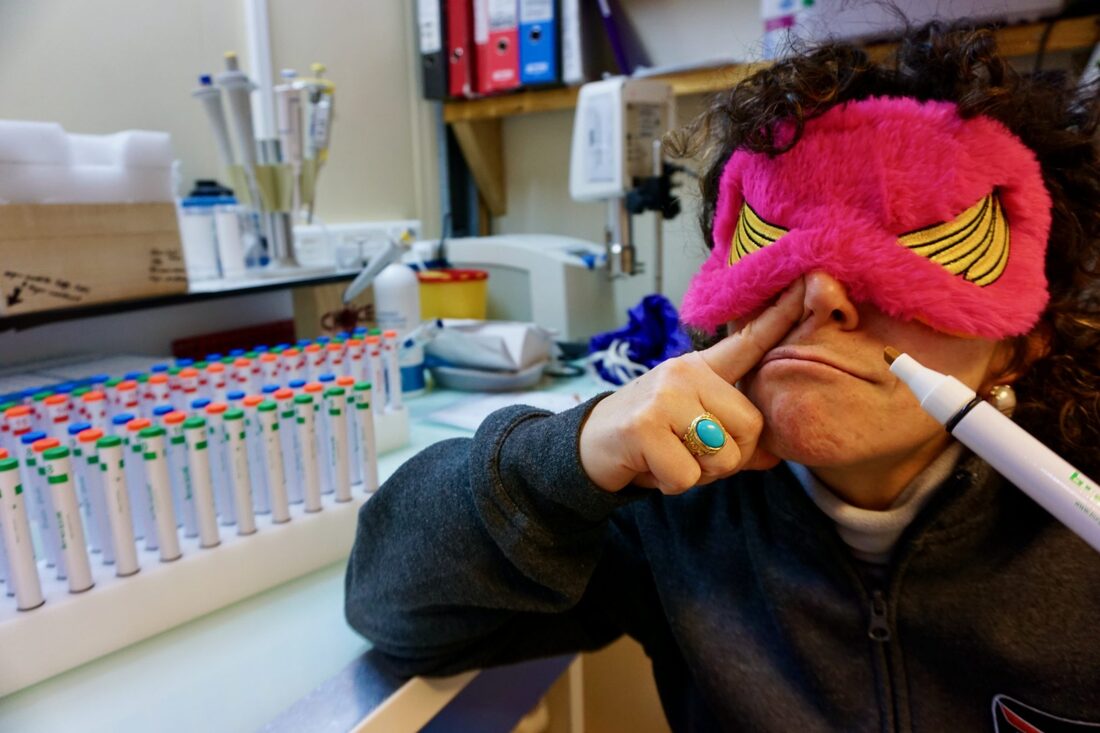 ‘This reminds me of the dentist. And this of flower fields when I was young. And this one is industrial banana for sure!’ The ‘Sniffin’ Sticks’ induce vivid memories, but do our smell and taste change in this understimulating environment? And how does that relate to our eating habits? Credits: ESA/IPEV/PNRA–S. Thoolen This time the tests are for another study called ICELAND (‘immune and microbiome changes in environments with limited antigen diversity’). ICELAND doesn’t focus on altitude, but instead uses the homogeneous environment of Concordia, another stressor to our body and mind, as a testbed for examining changes in immune health. Have you ever thought of the idea that, just like in Concordia or in space, a lack of new bacteria and viruses can actually deteriorate your immune system? Have you ever considered that we may be too hygienic? Just like losing muscles when we spend too much time on the couch, or losing skills if we don’t practice our brain, we can lose immune function when it is not stimulated, and according to the ‘hygiene hypothesis’ this may be one of the reasons for an increased incidence of asthma and skin inflammation in children in developed countries. In a similar way, prolonged isolation and confinement in the stressful and ‘clean’ environments of Antarctica or space is thought to increase susceptibility to infections and even allergies! But the immune system is complex, and the many interactions it holds with other body systems such as our digestive system and our brain are just being discovered. For example, changes in nutrition can have an effect on the composition and health of our gut bacteria, which in recent years have been found to play an important role in the development of immune-related diseases such as allergies and cancer. Other studies in addition have found gut health to be related to mental wellbeing as well. So can we maintain a healthy brain and a healthy immune system if we maintain a healthy gut? We still have much to learn about ourselves, and ICELAND aims to investigate these interesting interactions. Hence those daily sachets: comparing the test outcomes between those of us who took gut bacteria-stimulating probiotics and those who didn’t can give us valuable information about its potential to counter these health risks! Note: this article was originally posted on the ESA blog website (LINK) and permission has been obtained to republish it here.
Julio RezendeDirector of Innovation at FAPERN/Coordinator of Space Analog Station @HabitatMarte The space experience must be creative, cooperative and respectful. This is what the partnership established between the analog space station Habitat Marte and InnovaSpace is all about. The operationalization of the Habitat Marte project has permitted the bringing together of numerous enthusiastic people from the space area, this being the case for the virtual meeting that took place between myself and Thais Russomano, CEO of InnovaSpace. When I see how much more we can do to help children and young people through the debate, education and popularisation of science using the space theme, this generates a high state of consciousness. It’s excellent having the possibility of interacting with the right people in order to create genuine relationships and interest in the professional growth and development of others, thus collaborating for a better world, with more justice and prosperity, especially for those who would like to include themselves more in the aerospace field. Many people find the space theme to be very inspiring and it seems to foster confidence and a great sense of personal fulfilment. I observe this in the trajectory of many young people who see this area as a future professional field
The fascinating blog series chronicling a year in the life of ESA-sponsored Dr Stijn Thoolen at the Concordia research station in Antarctica continues. Catch-up with his previous blogs at Part 1, Part 2, Part 3, Part 4, Part 5, Part 6 Dr Stijn ThoolenMedical Research Doctor, Concordia Research Station, Antarctica Concordia, July 28, 2020 Sunlight: none, but the skies are turning colours again! Windchill temperature: -83°C Mood: some days a little tired, and on others, like the skies, full of colour If you have read my previous posts, you have probably had enough of the beautiful-environment-and-working-together-drivel, and I am guessing you are now thinking something along the lines of: weren’t you supposed to do space research? Good question, and it makes me realise that perhaps it is time for something more interesting: science! But I am not sure if an ESA blog can go without any music, so before we continue here is a nice tune to walk you through:
Take, for example, the altitude. Here in Concordia we live at an altitude that is equivalent to about 3800 meters above sea level at the equator. As such, it's as if the air were to contain about 40% less oxygen for us to breath, and you definitely feel that when you arrive here by plane. Low energy, panting with the slightest exercise, waking up gasping for air multiple times a night, headache, dizziness, loss of appetite. Some really get sick from it, and in rare cases people have to be sent back to the coast due to life-threatening build-up of fluid in the lungs or brain! Yet, in 1978 Messner and Habeler reached the summit of Mount Everest at an altitude of 8848 meters without using any supplemental oxygen at all. How? They allowed time for their bodies to adapt. At Concordia it usually takes a few days before you feel better. As your body senses a decrease in oxygen pressure it immediately tries to save your cells from getting damaged by sucking in more air (breathing) and pump more oxygen through the body (by increasing heart rate), and subsequently starts up a remarkable cascade of physiological processes that eventually leads to an increased production of red blood cells. As a result, the composition of our blood can drastically change over weeks, to help deliver sufficient oxygen to each of our cells. Pretty cool, don’t you think? Even though after eight months I still find myself hyperventilating up the stairs and having miserable nights every once in a while, at least it allows me to go to beautiful places like Concordia! The adaptation however comes with a trade-off: if the need for oxygen-carrying capacity of the blood is too high (at higher altitudes, where there is less oxygen) and too many red blood cells are made, the blood can become so thick that it increases the risk of blood clotting, high blood pressure in the lungs, and even heart failure! Such health issues have been seen in some people living permanently at high altitude. So how healthy actually is a year of adaptation at Concordia? Knowing that similar low oxygen conditions may exist in future space habitats for technical, economical and safety reasons, and considering the simultaneous blood volume alterations usually seen as an effect of microgravity, answering that question is important to understand astronaut health and safety during future long-duration space missions. The ANTARCV study (‘alterations in total red blood cell volume and plasma volume during a one-year confinement in Antarctica: effect of hypoxia’) is implemented this year to do so. Each month the crew comes to the ESA lab for a lucky treatment of vein punctures, and an awkward procedure of breathing a very small and safe dose of carbon monoxide through small, restrictive tubes. This way I can determine our blood volumes. Besides I analyze how thick our blood is, store blood samples for further analysis in Europe, and we all wear a watch one week a month to record our activity. That way we make sure that the changes we see in blood volumes are not just a result of changes in physical activity. You can understand the crew loves me for it… 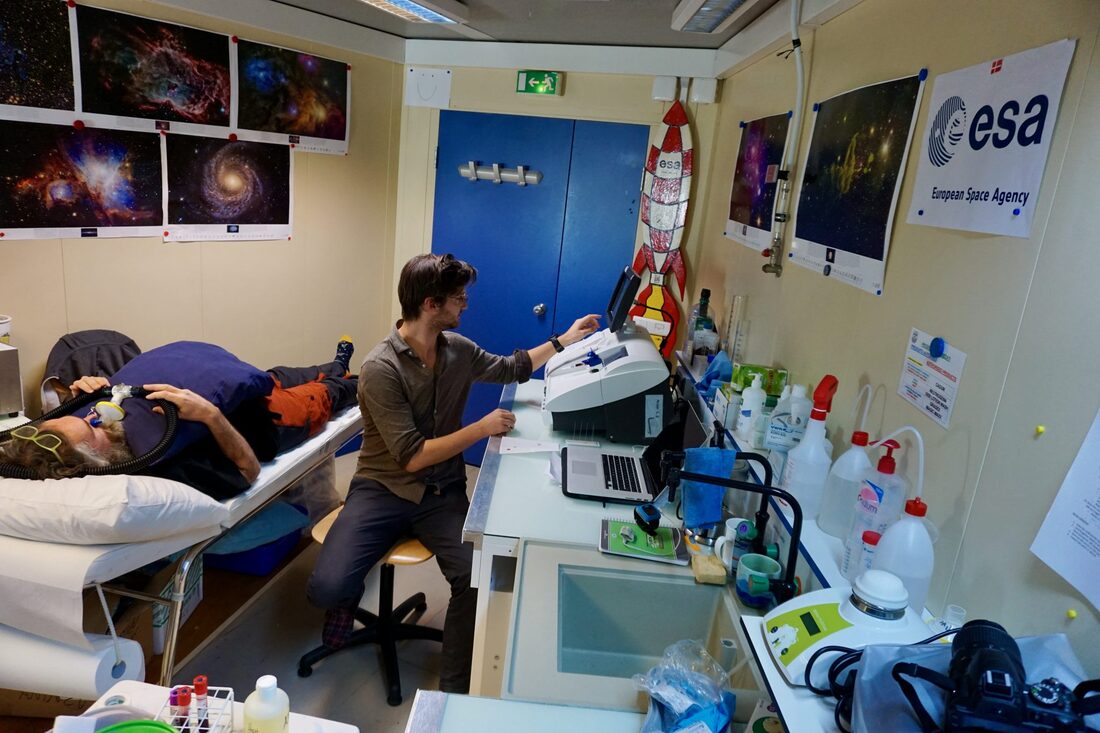 ANTARCV on full speed. By administering carbon monoxide and determining the increase in its concentration in the blood, we can calculate how many red blood cells are circulating through the body/ANTARCV op volle snelheid. Door koolstofmonoxide toe te dienen en de concentratietoename te bepalen in het bloed, kunnen we berekenen hoeveel rode bloedcellen er door het lichaam circuleren. Credits: ESA/IPEV/PNRA–S. Thoolen Still, all of us are participating in the research, and that is awesome! You see, doing human research here can be quite a challenge, not only because of language barriers, limited data transfer possibilities, or complex transportation logistics, but mostly so because the participation in these experiments is entirely voluntary. None of us works here primarily to serve as a test subject, and it is not that I can force anyone really… So to make sure I come home after a year with sufficient interesting data, I better make sure that everyone is happy with what we are doing here. For me perhaps a tricky mix between work and private life, but all for the good cause of science! After all, who doesn’t want to be part of the space program, bring benefit to future hivernauts and astronauts, and on top of that help to understand health challenges of our present-day society? Note: this article was originally posted on the ESA blog website (LINK) and permission has been obtained to republish it here.
We welcome another blog by ESA-sponsored Dr Stijn Thoolen, currently spending 12 months at the Concordia research station in Antarctica conducting experiments. What an amazing experience - do take a look at his previous blogs (Part 1, Part 2, Part 3) to follow his great adventure to the world's southernmost continent.
Dr Stijn ThoolenMedical Research Doctor, Concordia Research Station, Antarctica
Concordia, February 7, 2020
Sunlight: 24 hours (but not for long) Windchill temperature: -45°C Mood: a little roller coaster At this moment I am just plain excited. Next to me the rest of the DC16 crew are having their own emotions. Our freshly inaugurated station leader Alberto, draped in the colours of our three national flags, came up with the idea to have our national anthems playing while the last Basler plane of the summer campaign leaves Dome C. So here I stand, hearing my own voice on maximum volume pronouncing a Dutch translation of too patriotic sentences from the station’s speakers, and with the Dutch ‘Wilhelmus’ screaming over the Antarctic plateau as an official start of our winter over. Haha, such an unrealistic scenario! And while those sounds are quickly overruled by the roaring engines of the plane, and with snow blowing in our faces, I can only smile. There goes our last connection to the rest of the earth, disappearing into the distant sky. Unbelievable!
I guess I have already spilled all of my emotions at this point. In the past few days, more and more planes have been taking away more and more of the beautiful people we enjoyed our summertime with, and the station has become more and more empty. Funny: they were already leaving, and I have the idea we just started… It has been an exciting idea on the one hand, but the closer we came to being left alone, the more and more confronting that got on the other. When two days earlier another plane left with sixteen more people, the goodbyes were harsh, with everyone in tears again. You know, those healthy ones. And when it was gone, those left on the ice slowly returned back to the station, all silent, all caught in their own thoughts. It had been an intense few summer months, and this was the weird moment of realization that it had come to an end, with a big unknown lying ahead. I guess the blend of feelings has been a repetition of those during the days before my departure to the Antarctic. Perhaps a little lighter this time.
Vladimir PletserDirector of Space Training Operations, Blue Abyss; European Space Agency (Retd); Chinese Academy of Sciences (Retd); InnovaSpace Advisory Board Member Congratulations to Editor Vladimir Pletser and all the authors who contributed to this interesting open-access book entitled Preparations of Space Experiments, which was published this week. Spend a few minutes watching Vladimir as he summarises the contents of each chapter, written by world-leading researchers who have designed and prepared science experiments on microgravity platforms, including aircraft parabolic flights, in preparation for subsequent spaceflight. Daniel E. Vigo, MD, PhD Independent Researcher: Institute for Biomedical Research (Catholic University of Argentina and National Scientific and Technical Research Council) & InnovaSpace Advisory Board Member Belgrano to MarsThe Antarctic continent is considered to be one of the most realistic analogues found on Earth of the situations of extreme isolation and confinement experienced in space. Since 2014, we have been conducting at the Belgrano II Argentine Antarctic Station the project "Chronobiology of Antarctic Isolation: the use of the Belgrano II Station as a model of biological desynchronization and spatial analogue", also known as “Belgrano to Mars”. The project aims to explore the impact of a year of isolation on different physiological, psychological and social variables. In particular, we are interested in studying how biological rhythms are affected by the lack of natural light during the four months of polar night typical of that latitude. The study of the chronobiological responses to extreme isolation increases our understanding of the physiological mechanisms underlying human biological rhythms, with applications in space exploration or other highly demanding professional settings, as well as in human health. The Belgrano II Antarctic station consists of a series of scientific research facilities located approximately 1,300 km away from the South Pole at 34°S, 77°W. It is the most southerly Argentinian station and one of the three southernmost permanent stations on the planet. The temperature ranges from 5°C to 48°C below zero. One feature of this station is that, due to its latitude, it has four months of continuous sunlight, four months of twilight and four months of polar night. The station crew is composed of around 20 men. To generate a light-dark cycle during the summer, windows with blinds closed are used, in accordance with a normal sleep routine, while using eye covers during the night if necessary. Exposure to ultraviolet light is also stronger and sunglasses for external work are mandatory. Conversely, in the wintertime, the light-dark cycle depends entirely on artificial light. Schedules with well-defined times for meals (breakfast, lunch and dinner) work and rest are paramount in Antarctic stations. “Belgrano to Mars” is a collaborative project in which researchers Camila Tortello and Santiago Plano (UCA-CONICET and UNQ) participate in the analysis and interpretation of the information and Juan Manuel Cuiuli (Joint Antarctic Command) in the scientific coordination between Buenos Aires and Antarctica. Other members of the project are Marta Barbarito (Argentine Antarctic Institute), Diego Golombek and Patricia Agostino (UNQ and CONICET), Agustín Folgueira and Juan Manuel López (Central Military Hospital), and Guido Simonelli (University of Montreal). Field work during isolation is carried out by physicians from the wintering crews at the station and staff members that volunteer for the study. Antarctic scientific activity is coordinated by the National Antarctic Directorate (DNA), which together with the Joint Antarctic Command, provides the logistics of the bases. TelemedicineThis year, we have traveled to Antarctica to supervise the implementation of the Belgrano to Mars project in the field, to test measurement instruments and to train the crew in the use of the equipment and software. The trip demanded six weeks of navigation in the ARA Almirante Iríza icebreaker. In addition, we started working with the European Space Agency (ESA) in the operational test of the Telemedecine Tempus Pro equipment, under the framework of an ESA-CONAE-DNA agreement. The project, led by Dr. Víctor Demaría-Pesce, from ESA's European Astronaut Center, involves conducting operational simulations in a situation of extreme isolation and confinement, which will contribute to the design of a definitive prototype to be used by astronauts and medical teams during future space missions to the Moon and Mars. The equipment will be tested at Belgrano II (Dr. Bruno Cauda and Enf. Luis Almaraz) and Carlini (Dra. Melina D'Angelo and Enf. Gustavo Cruz) stations, through six simulations that will recreate medical scenarios similar to those encountered by astronauts in space. Lessons to be learned from this kind of study We have recently published in the journal Scientific Reports (from the Nature Group) data regarding changes in the sleep-wake cycle during a winter campaign at Belgrano II. We observed that during the polar night the subjects tended to go to bed one hour later and sleep one hour less. A possible explanation is that this is due to the lack of exposure to natural light, since bright light acts as a synchronizer of our biological rhythms. This loss of sleep was somewhat compensated by naps, which were longer during that time of year.
These results show us how biological rhythms can be desynchronized in periods of prolonged confinement, such as the ones we have had to go through during the quarantine periods instituted in different countries. Moreover, it highlights the importance of exposure to natural light in the morning and darkness during the night and maintaining fixed activity and rest routines to avoid the desynchronization of our biological rhythms. Other sleep hygiene measures include the limiting of daytime naps to 30 minutes, regularly exercising (it may be necessary to avoid working out before bedtime), having a light dinner, avoiding stimulants like caffeine and nicotine close to bedtime, and making sure that the sleep environment is dark, silent and with a pleasant temperature. The beneficial effects of having good sleep relate to an increase in alertness during the day, the prevention of anxiety or depression, and the improvement of our general health, which in turn will reduce the chances of becoming ill. Author: María Alejandra Corzo Zamora M.D, MScSpace Physiology & Analogue Space Missions Lead - InnovaSpace Spanish Hub Misiones Espaciales Análogas.., término que a primera vista para algunos es extraño, para otros es una gran oportunidad de ciencia. La primera vez que vi este término fue durante mi maestría en Fisiología y Salud Espacial en King’s College London, en la cual diferentes docentes y estudios los tenían como referencia para investigación en ciencias espaciales y desde ese momento me enamoré de este campo. Pero que son las Misiones Espaciales Análogas?? Bueno, estas misiones son operaciones espaciales realizadas en la Tierra en escenarios naturales o artificiales adecuados para simular entornos o escenarios espaciales, los cuales se realizan para realizar pruebas de equipos, estandarizar procedimientos de tripulaciones espaciales y también permiten desarrollar estudios en diversas áreas del conocimiento como son la Biología, medicina, ingeniería biomédica, robótica, comunicaciones, y otros tipos de ingeniería entre otras. El planeamiento de una misión espacial requiere de diferentes componentes que deben ser milimétricamente estandarizados en tierra para lograr el éxito de la misión en el espacio, en este campo, las misiones espaciales análogas juegan un papel importante en la estandarización y entrenamiento de las personas involucradas en la misma. Las misiones espaciales análogas datan desde la planeación de las misiones Apolo de NASA en la cual, cráteres de meteoritos y faldas de volcanes fueron utilizados para las pruebas de trajes espaciales y rovers que participaron en la misión; así como los astronautas seleccionados recibieron su entrenamiento en comunicaciones, procedimientos para recolección de muestras geológicas, supervivencia, adaptación a sistemas de emergencia de vehículos y su operación. 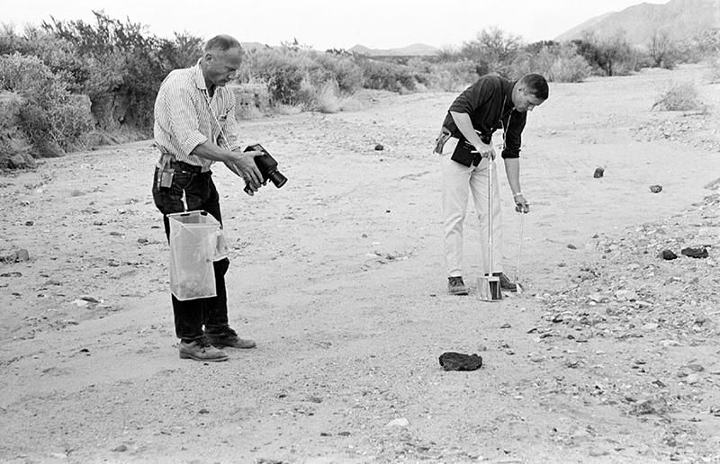 Astronautas del Apollo 11 Edwin (Buzz) Aldrin (izquierda) and Neil A. Armstrong, en entrenamiento de procedimiento para la recolección de muestras geológicas en la Luna para el primer aterrizaje Lunar en las Montañas de Quitman en Texas. En esta mission utilizaron herramientas especialmente diseñadas para la mission. (NASA). Imagen tomada de Smithsonian Magazine en: https://www.smithsonianmag.com/travel/going-moon-apollo-11-astronauts-trained-these-five-sites-180972452/ Desde entonces, estas misiones son de vital importancia para los programas espaciales y para todas aquellas organizaciones, instituciones, universidades entre otros que desean realizar investigación y desarrollo en ciencias espaciales. Entre las aplicaciones más utilizadas encontramos el estudio de los factores humanos en el espacio, los cuales se relacionan con respuestas comportamentales y fisiológicas al confinamiento, la interacción entre comunicaciones de la tripulación con el centro de mando remoto y el desarrollo de aplicaciones a distancia para el apoyo de la tripulación y manejo de emergencias. Entre los escenarios naturales utilizados para estas misiones son los desiertos, los cuales poseen características únicas como acceso, cambios extremos de temperatura día y noche, vientos y su gran similitud con las imágenes topográficas de Marte, ejemplo de su uso se encuentra la estación del desierto de UTAH por el Mars Society y misiones temporales realizadas por el Foro Austriaco Espacial en desierto de Rio tinto en España, norte del Sahara en Marruecos y la región de Dophar en Oman. En Latinoamérica se han realizado misiones en el desierto de Atacama en Chile, en el desierto de la Tatacoa en Colombia entre otros desiertos. De igual manera, la Antártida, al ser un continente poco poblado y de difícil acceso se convierte en otro escenario muy atractivo para el desarrollo de misiones análogas espaciales, es así como una estación permanente en la cual se ha desarrollado diferentes aplicaciones espaciales y estudios biomédicos es la estación Concordia operada por Italia y Francia. El mundo de las misiones espaciales análogas es muy amplio y fascinante, así como el mismo espacio, otros escenarios incluyen cuevas, selvas, faldas de volcanes y el fondo del océano, hasta escenarios en hangares en la ciudad, los cuales proveen similitudes con el espacio dependiendo del objetivo que se busque en cada misión.
Si eres amante de estas ciencias, te invito a seguir los blogs en InnovaSpace, donde encontrarás otros datos sobre misiones espaciales análogas y otros temas de las ciencias espaciales. Nos vemos próximamente!!!! |
Welcometo the InnovaSpace Knowledge Station Categories
All
|
UK Office: 88 Tideslea Path, London, SE280LZ
Privacy Policy I Terms & Conditions
© 2024 InnovaSpace, All Rights Reserved
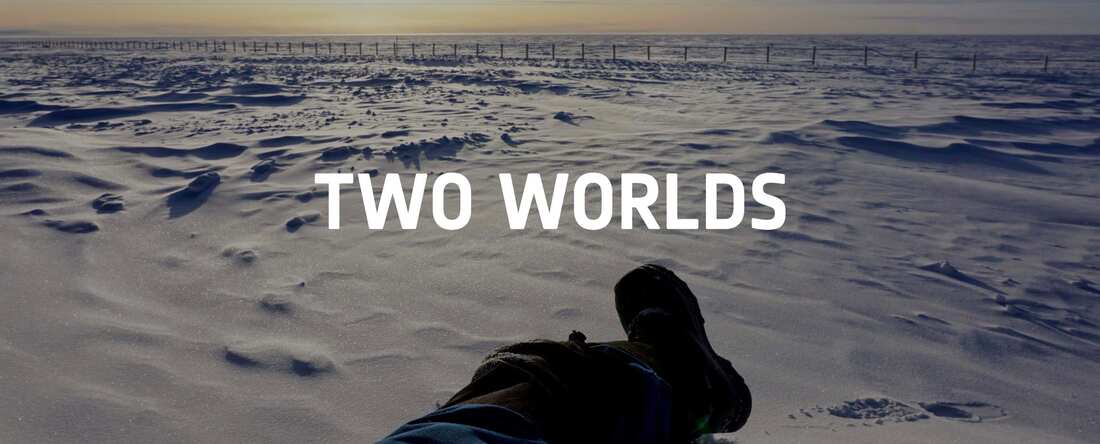
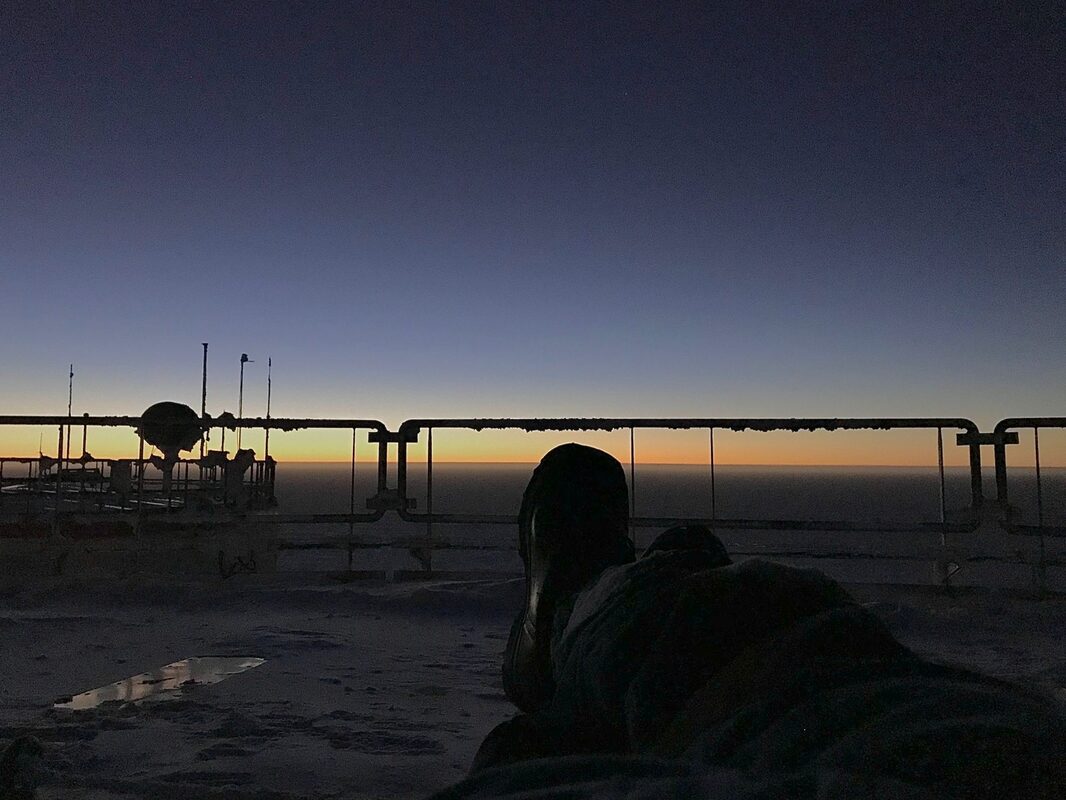
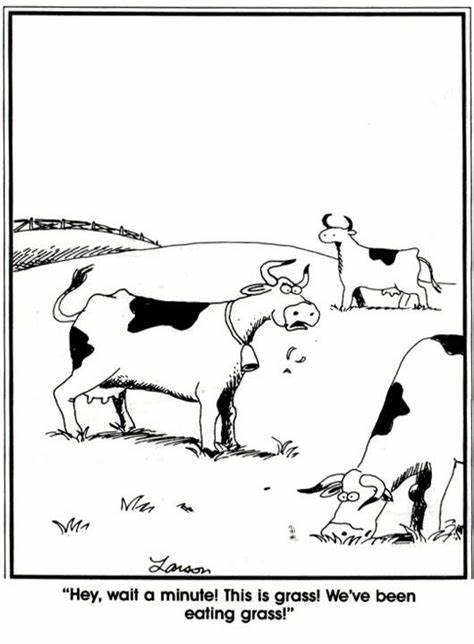
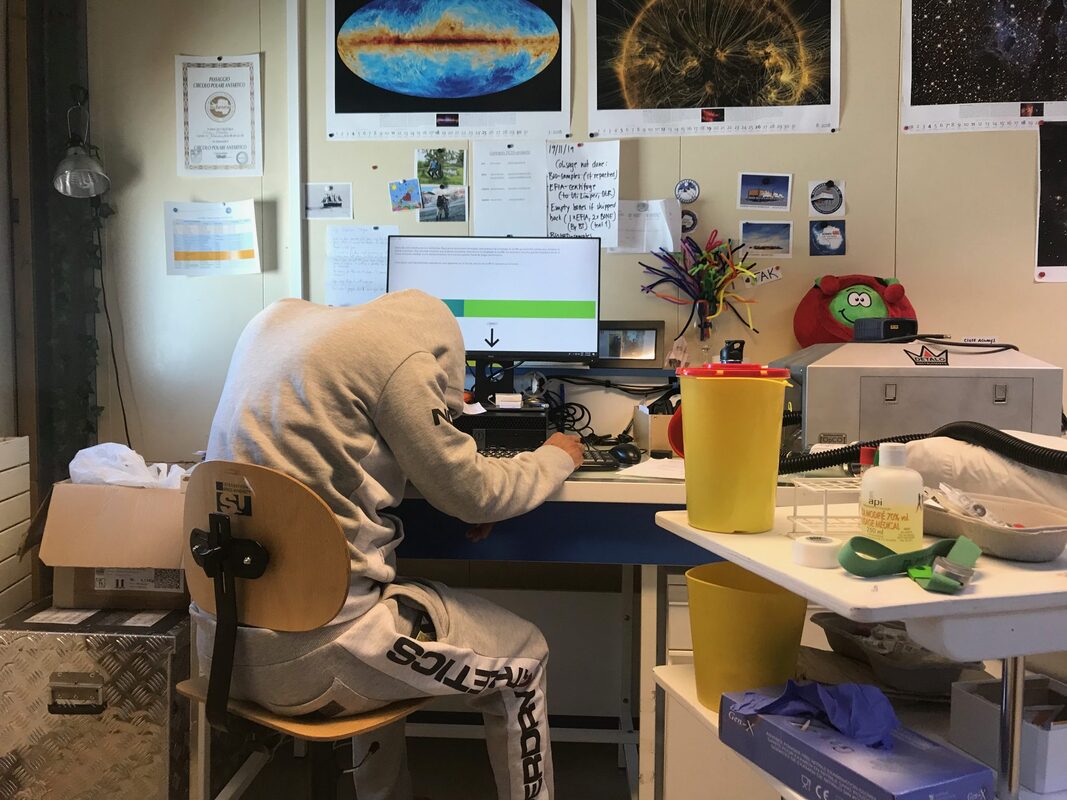
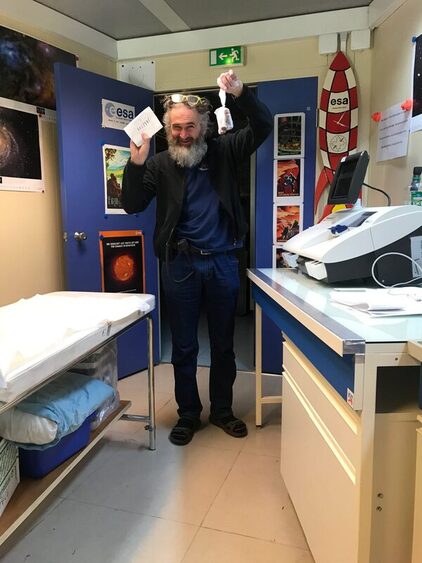
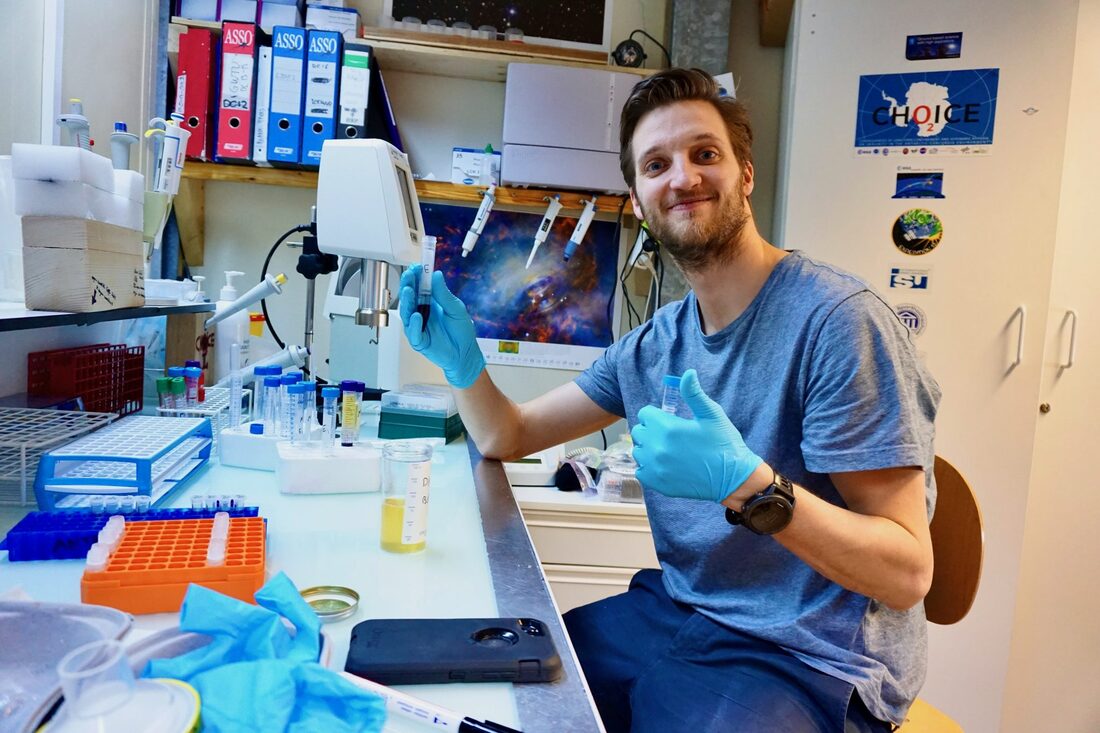
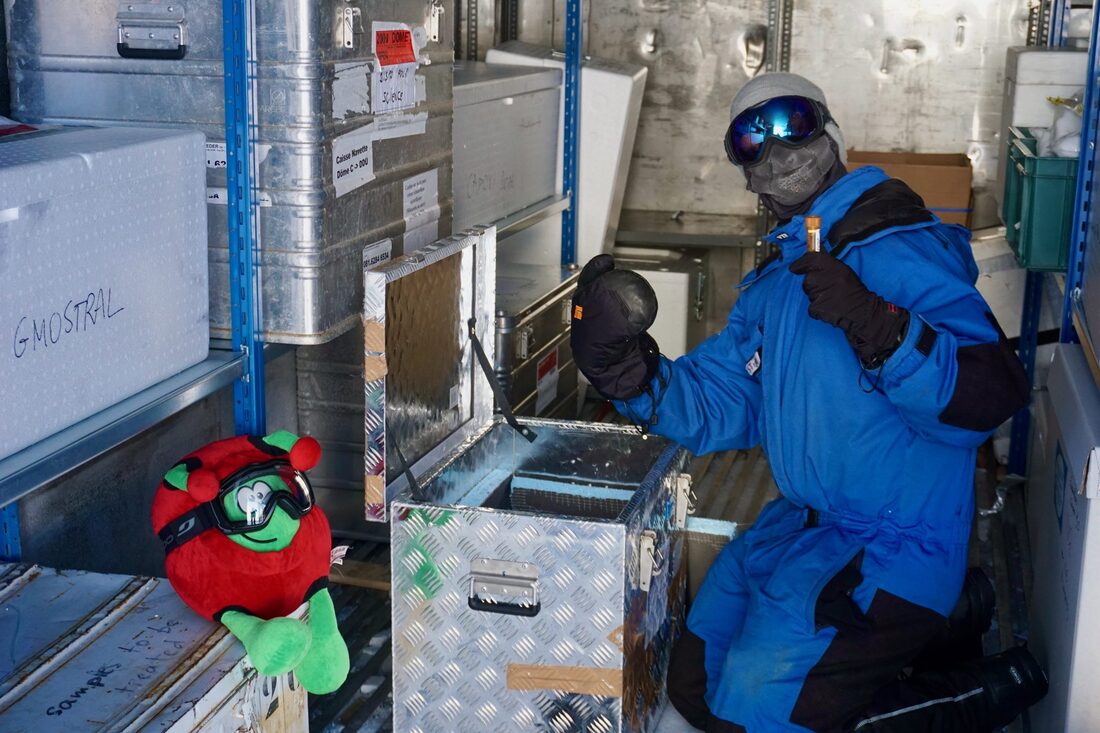
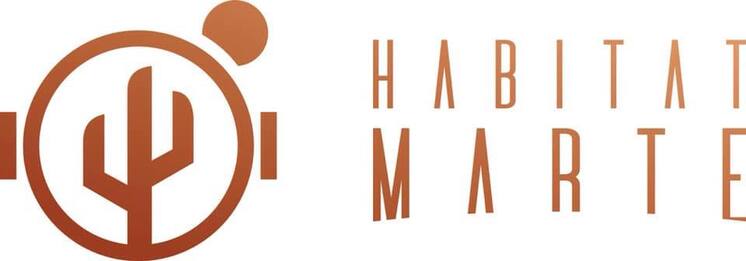
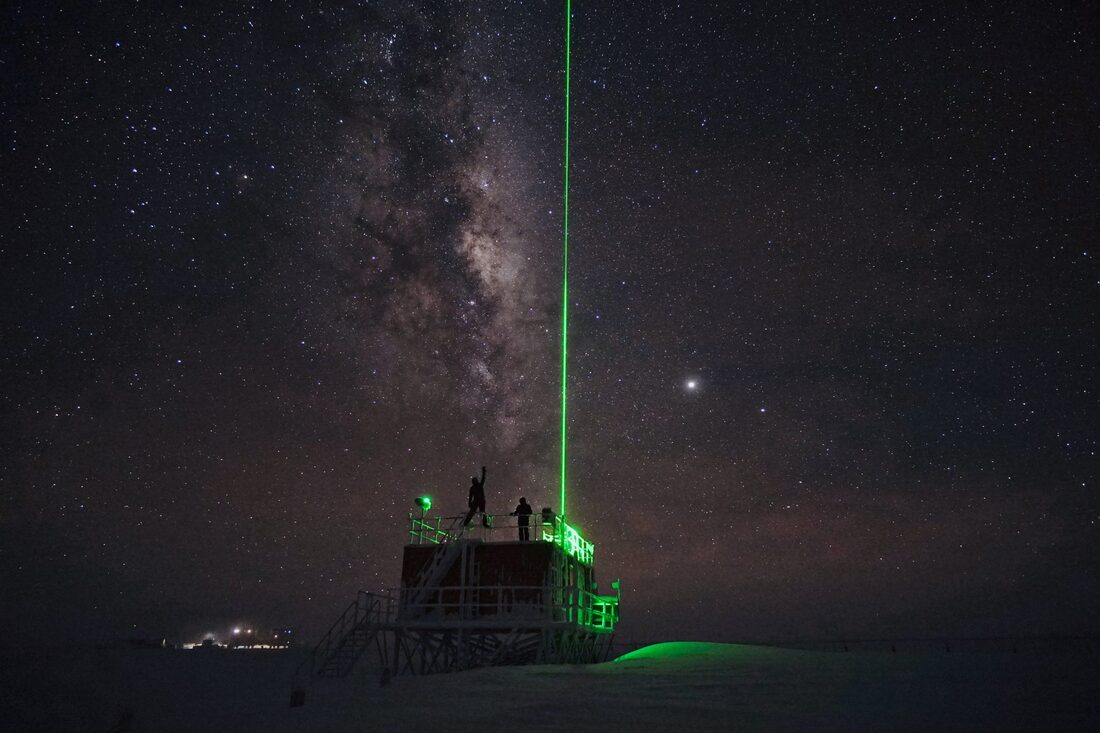
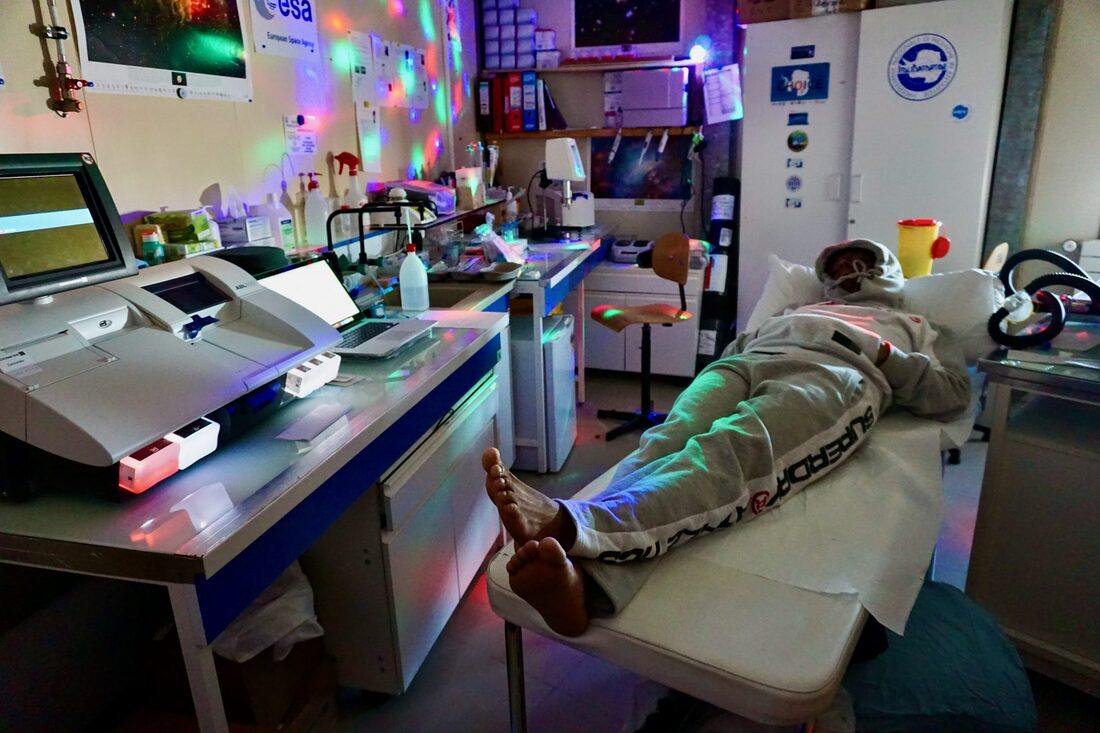
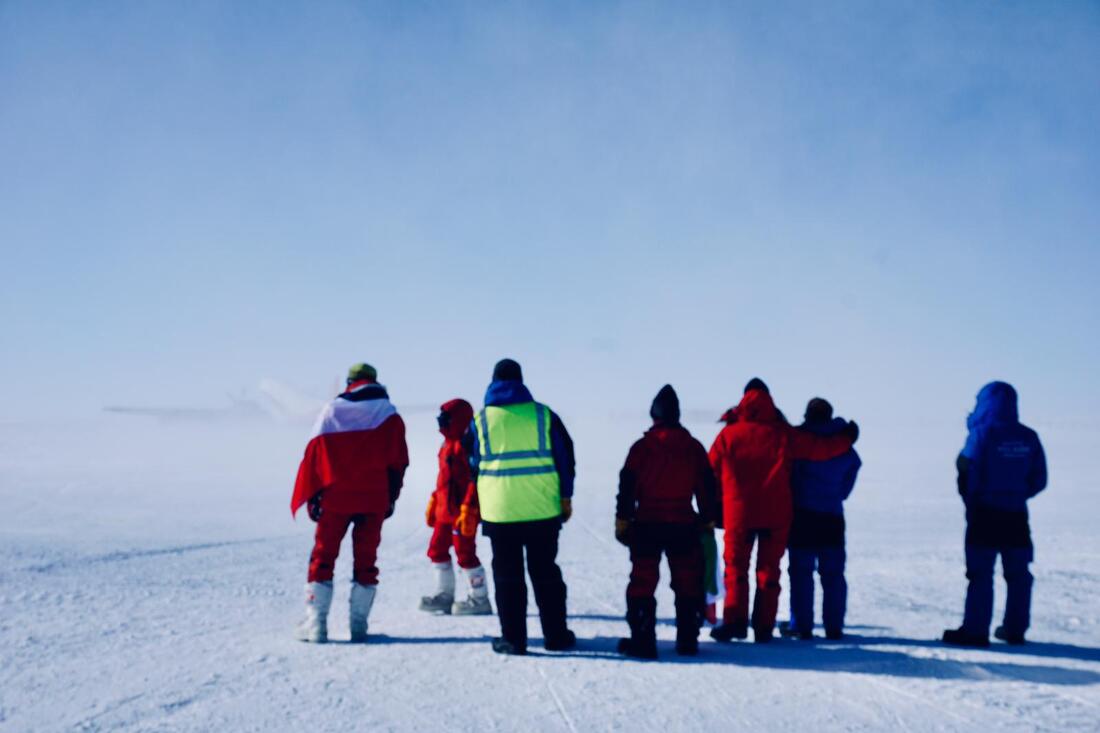
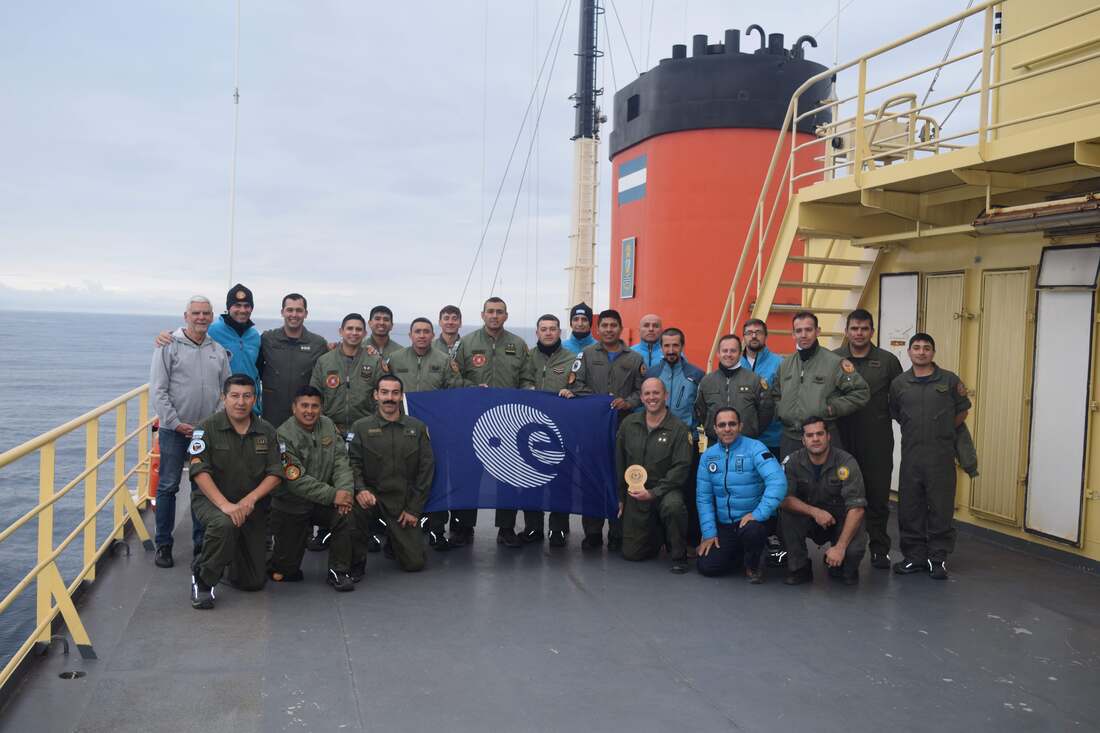
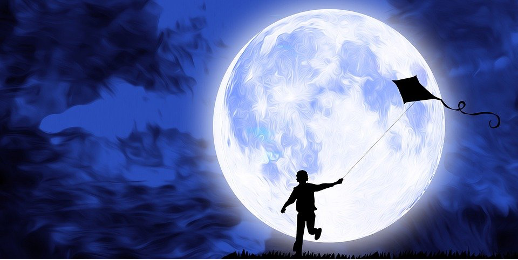
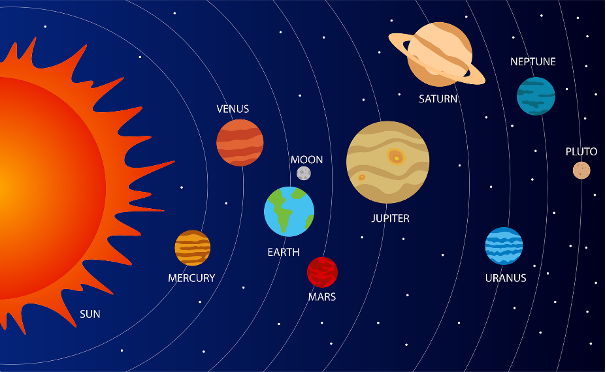
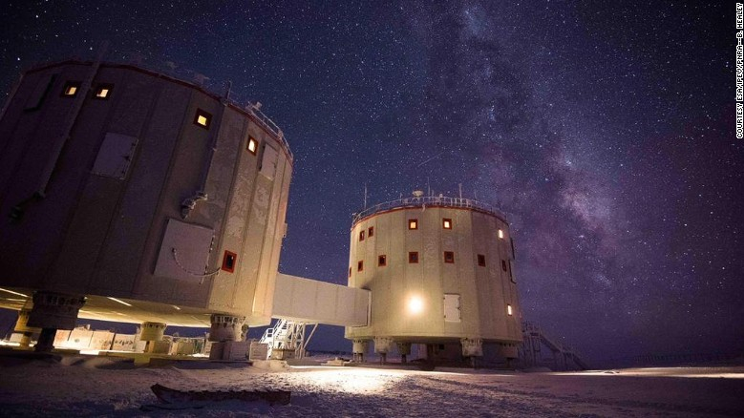
 RSS Feed
RSS Feed